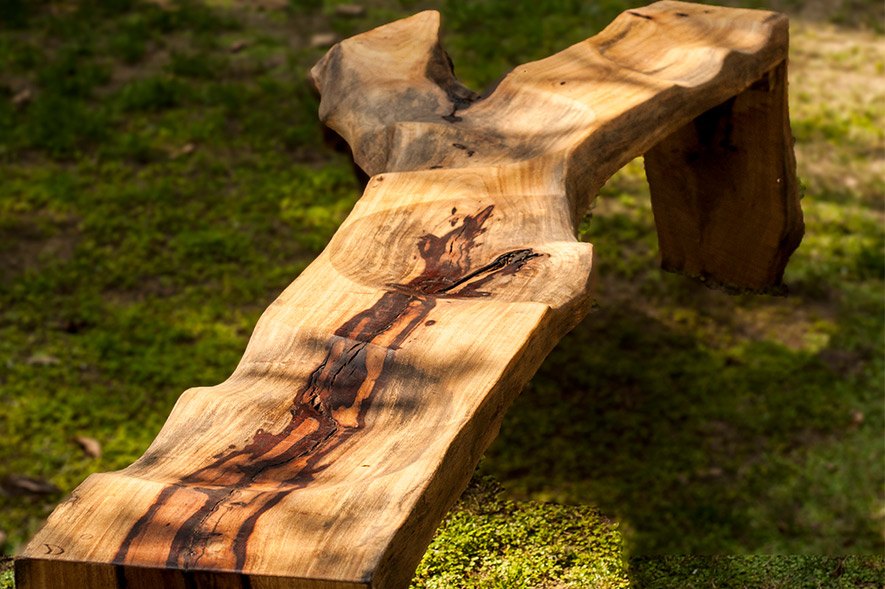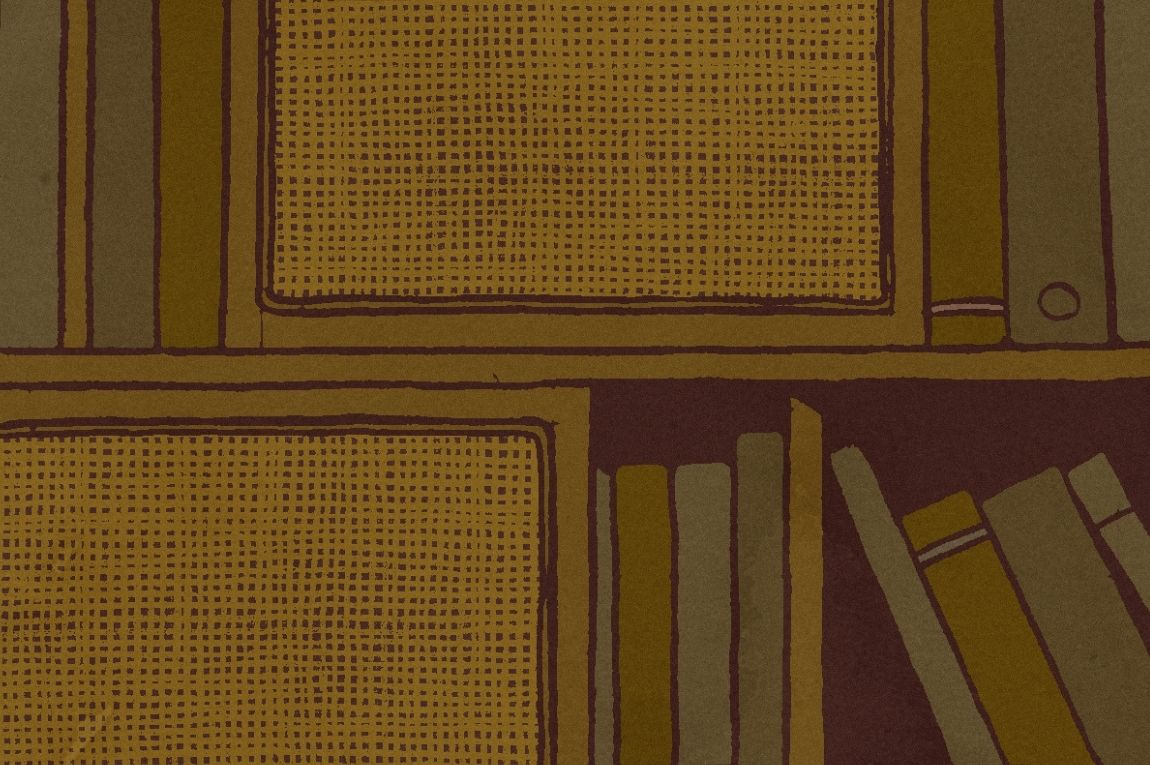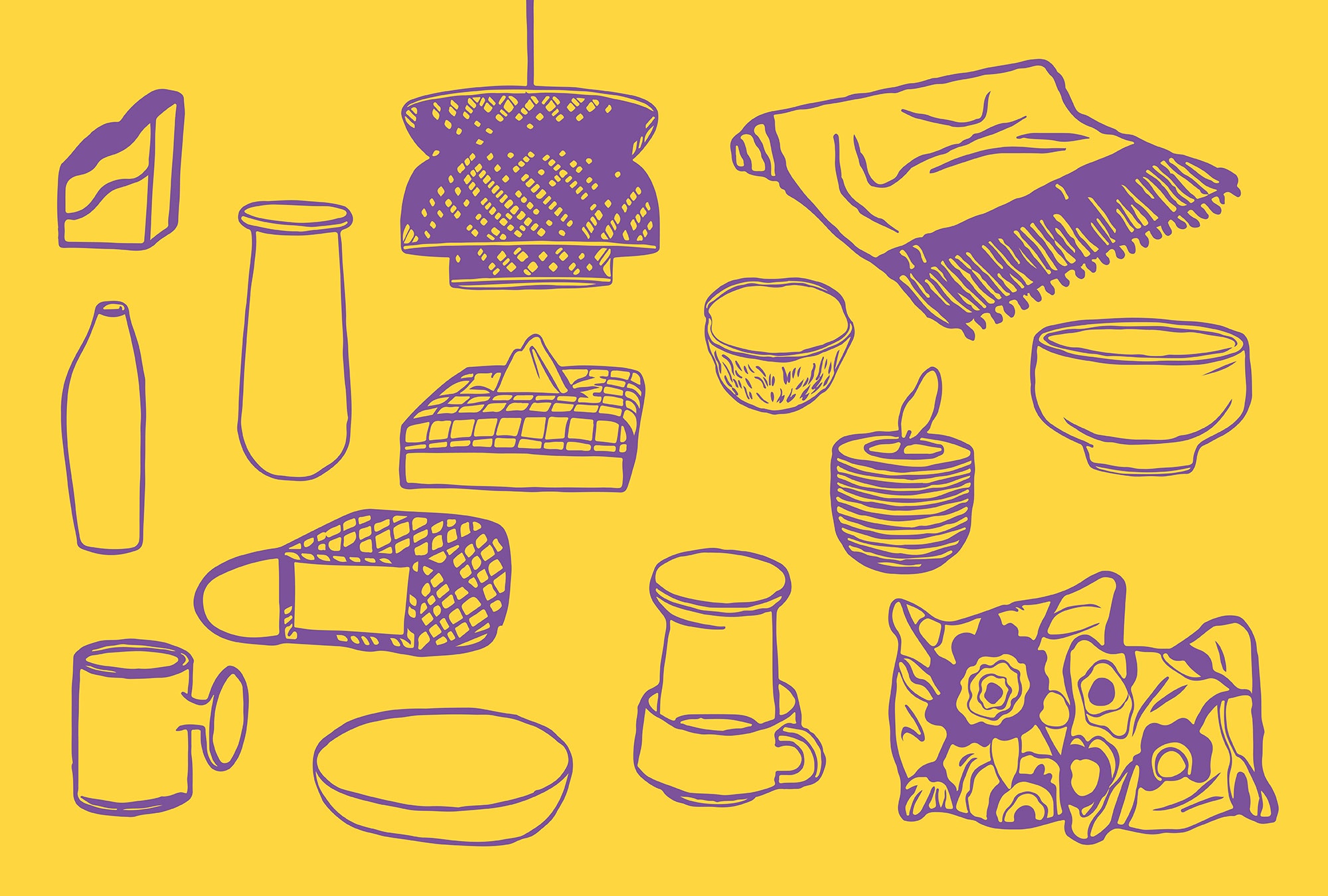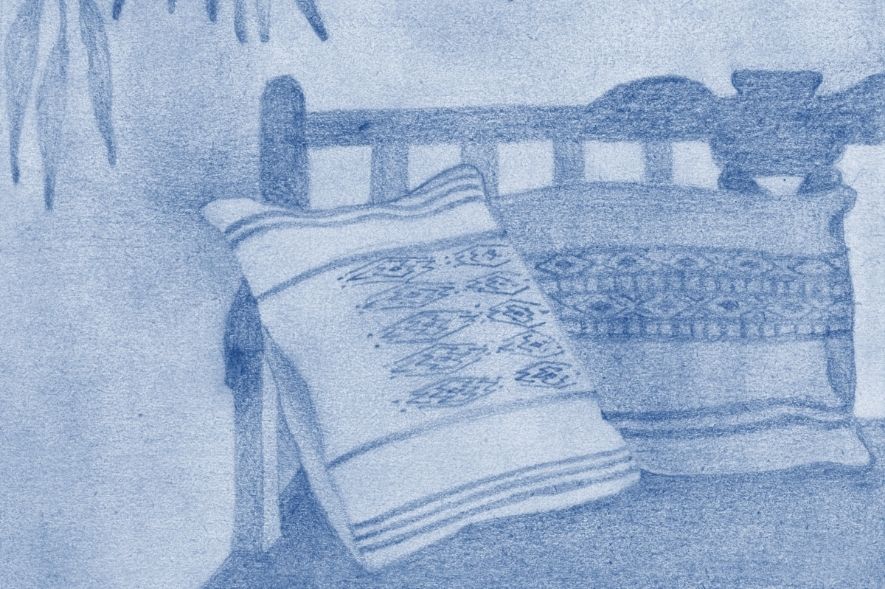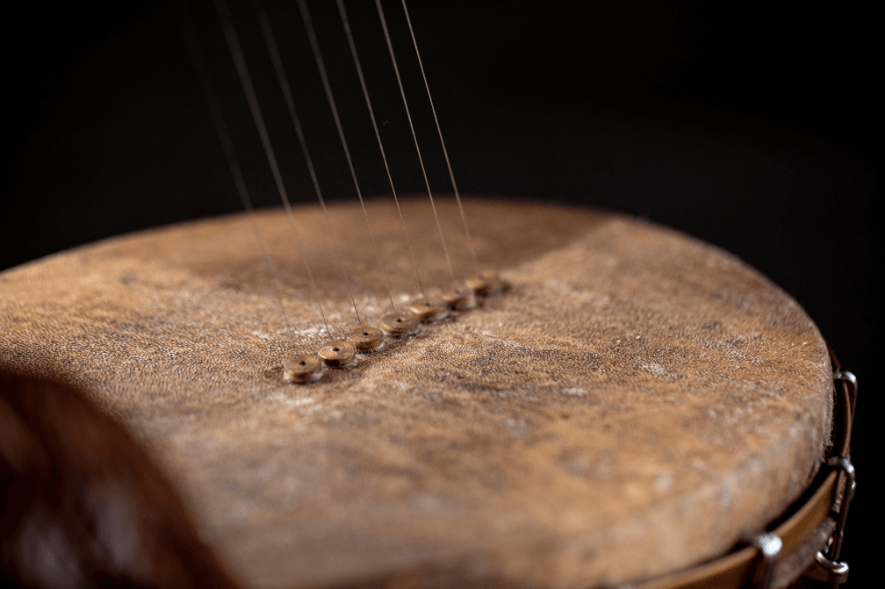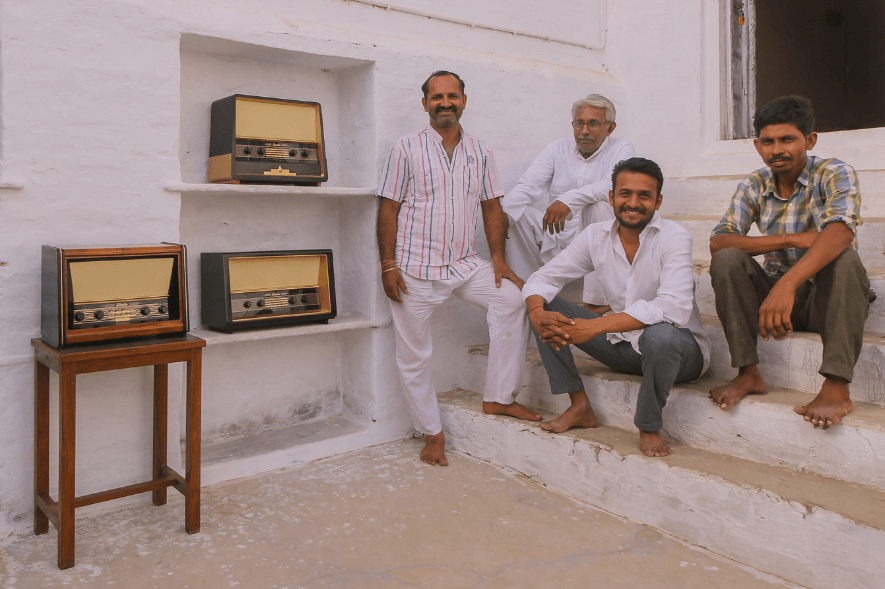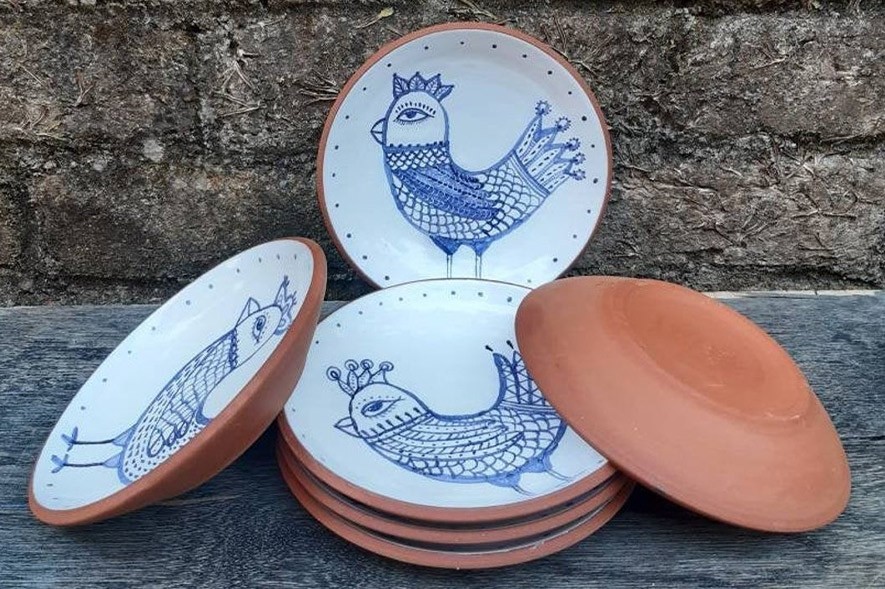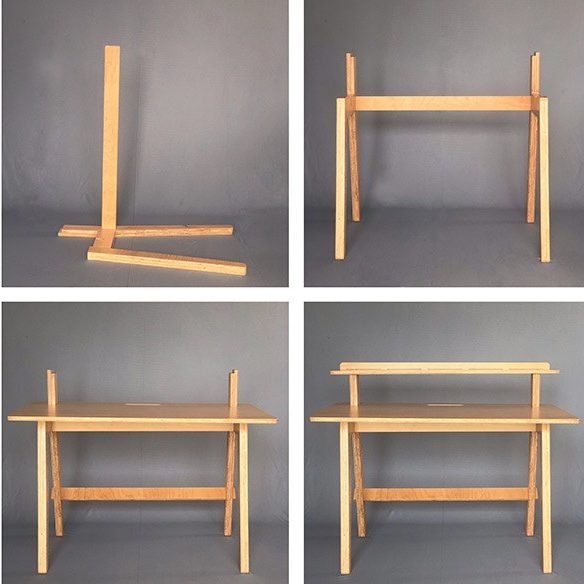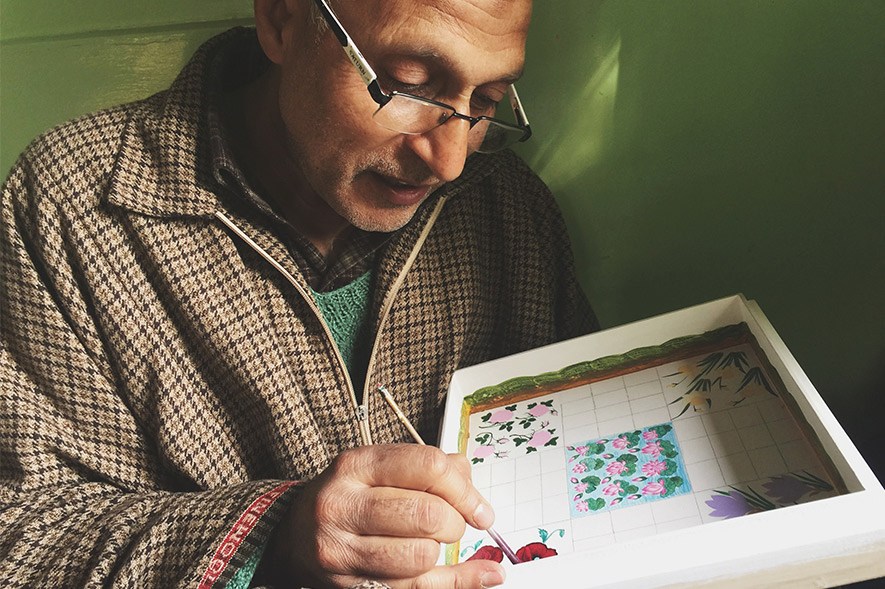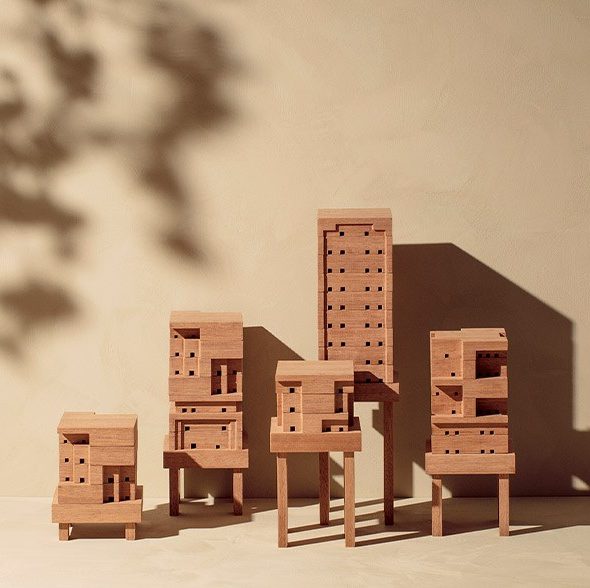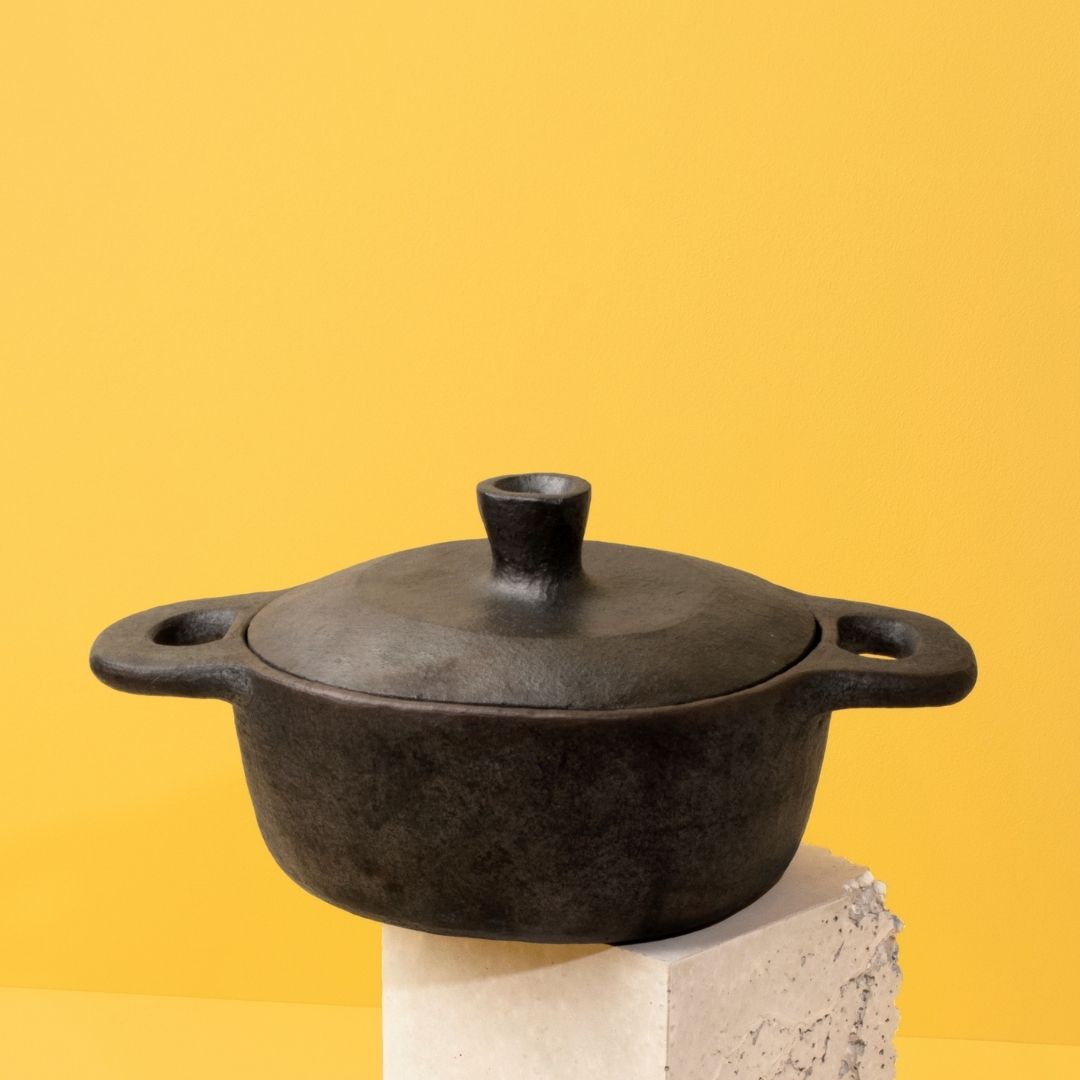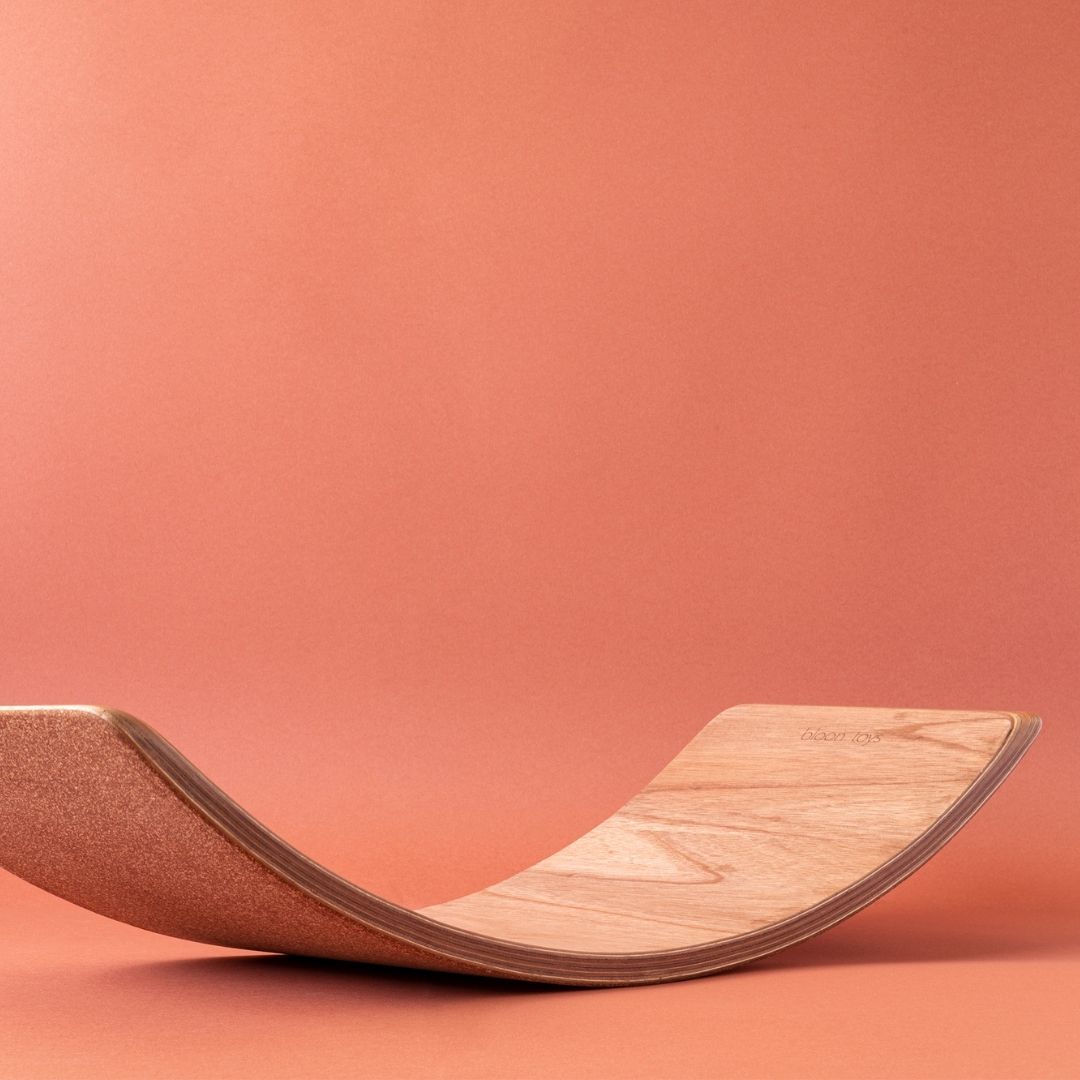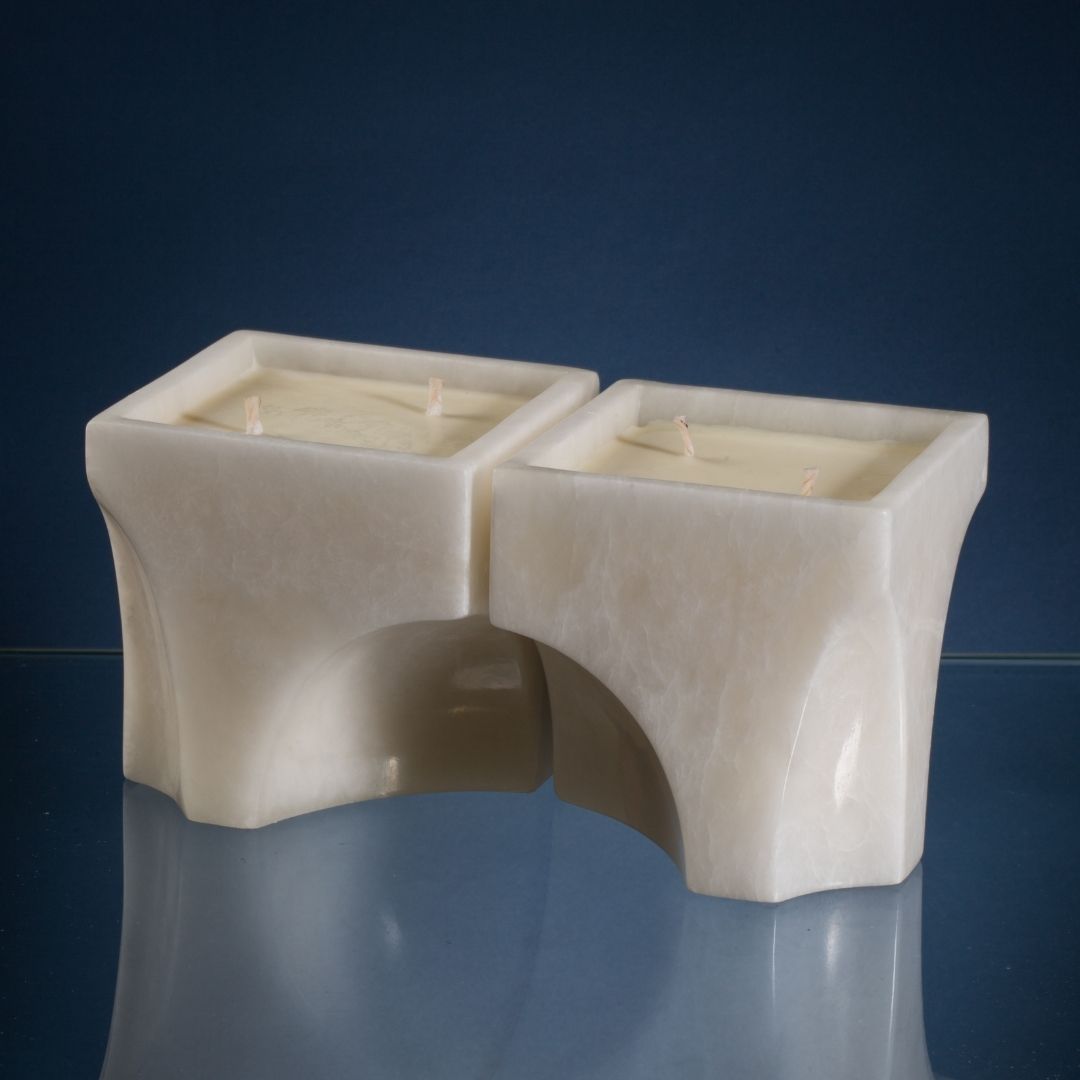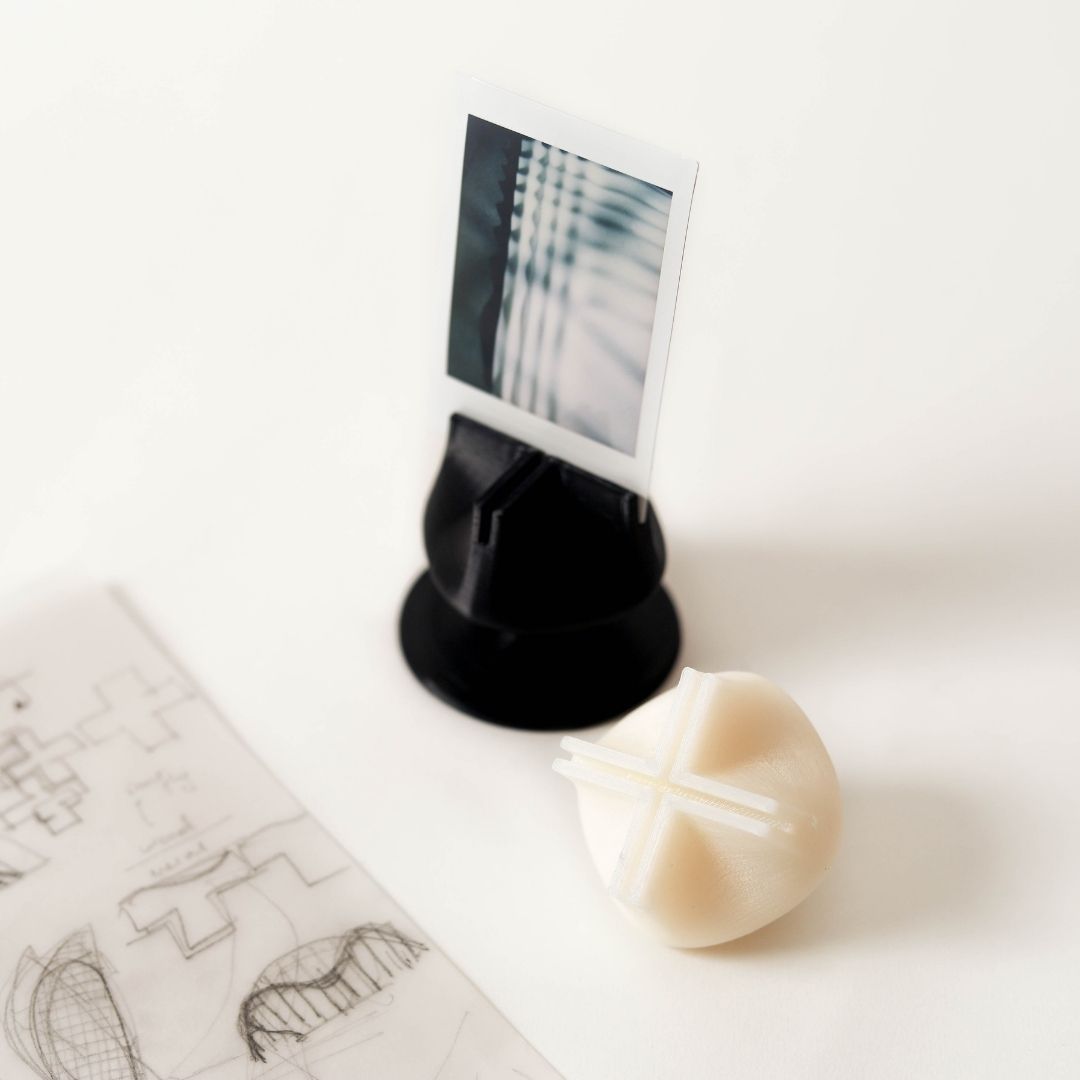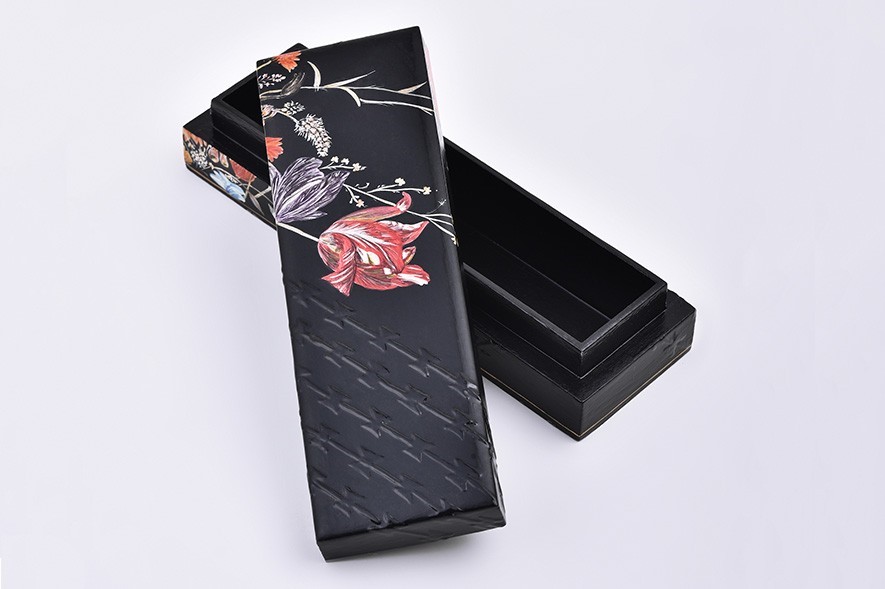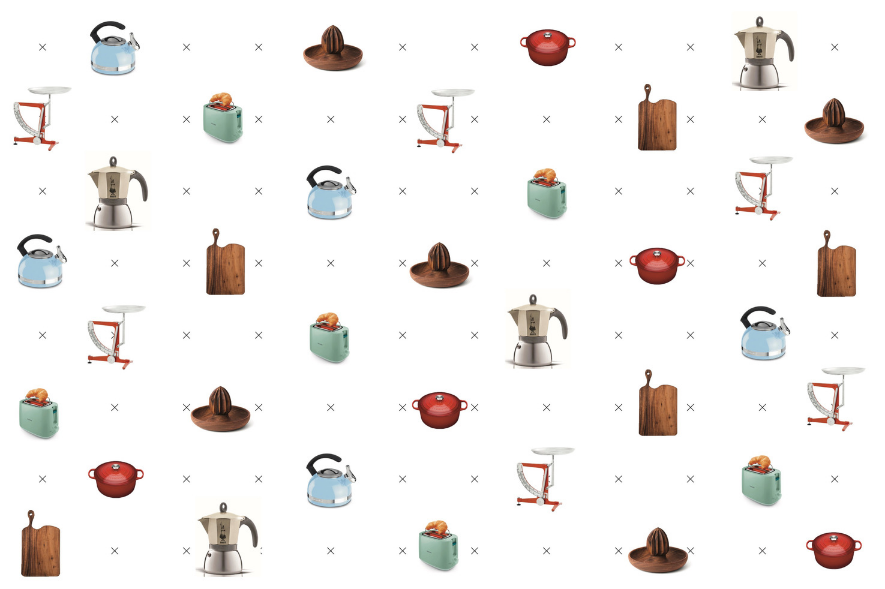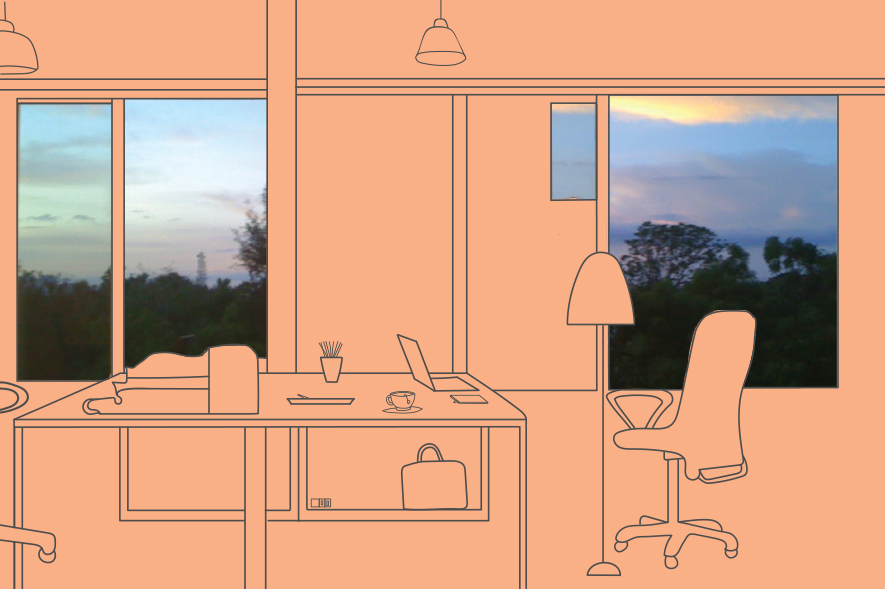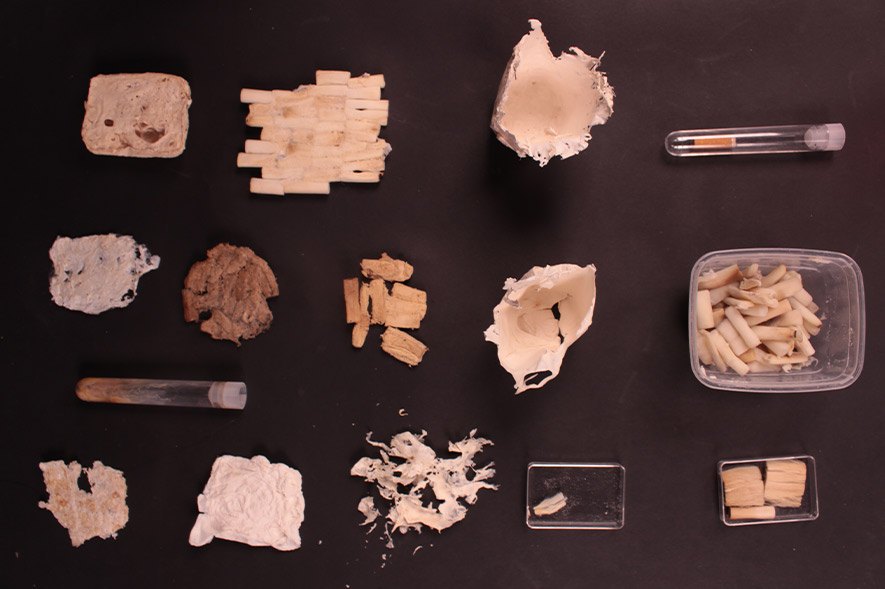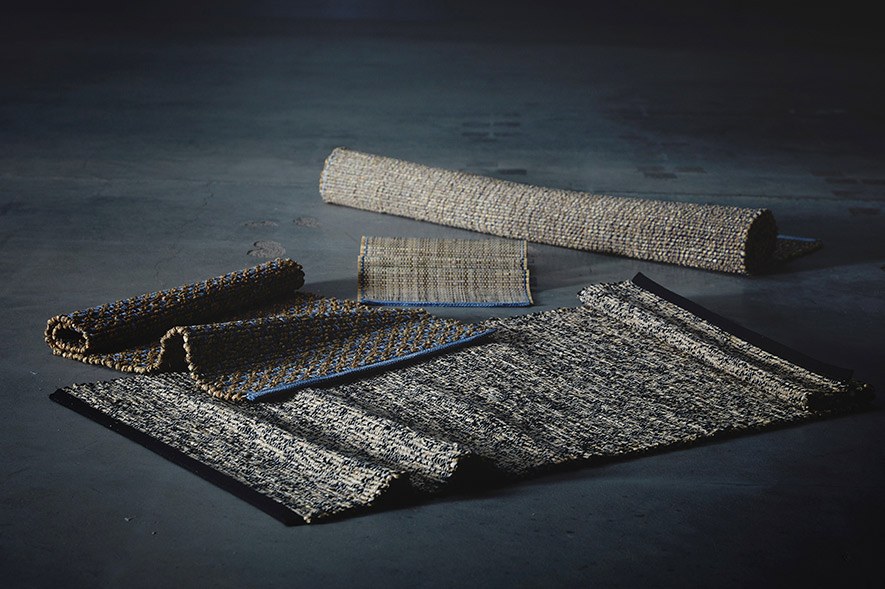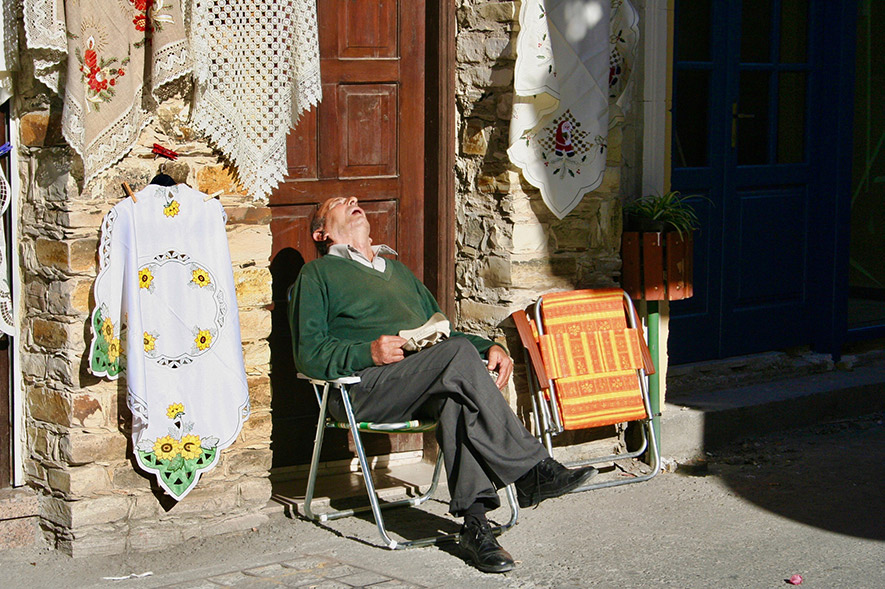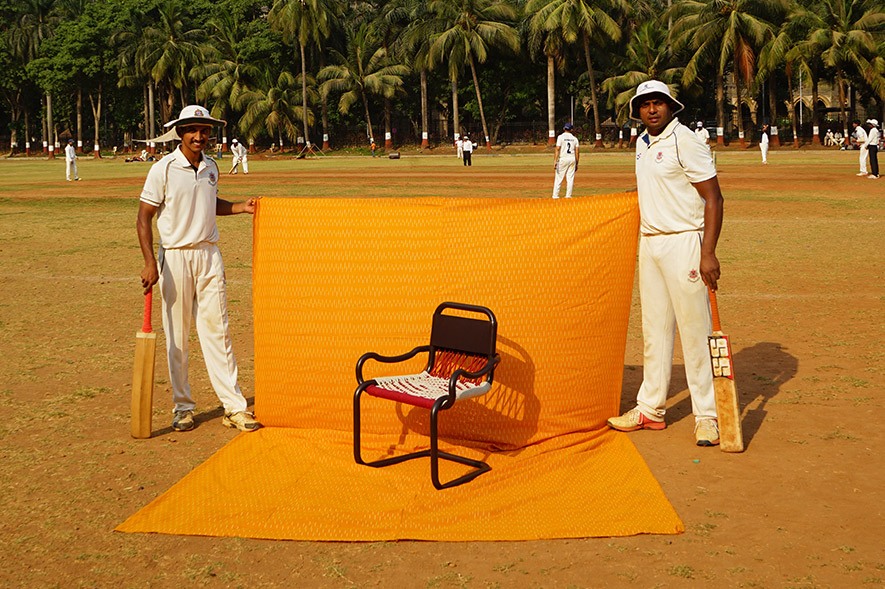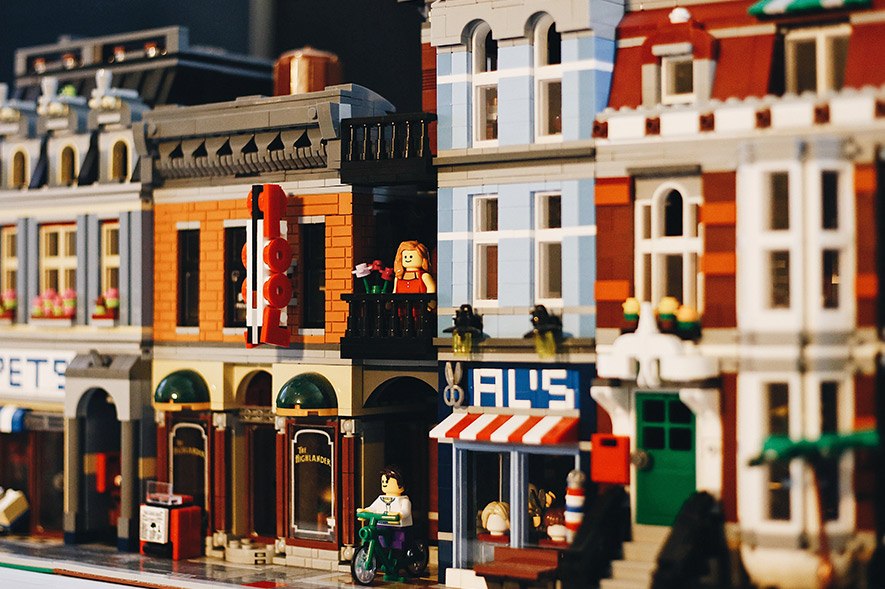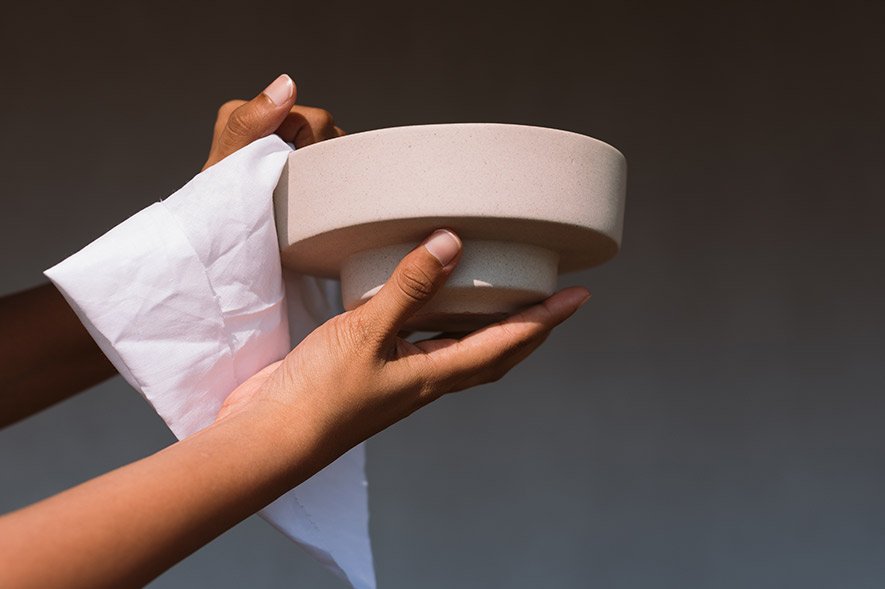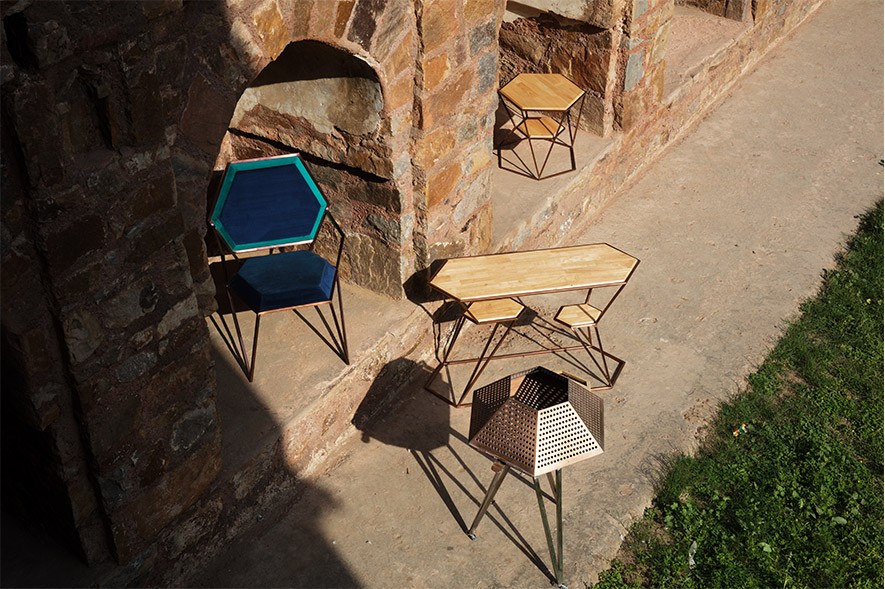Window frames, tableware, spectacle frames — wood is everywhere. But at a time when climate change is looming and our choices as consumers are becoming more and more conscious (thankfully), furniture designers like Aakriti Kumar are shifting our understanding of where wood comes from.
Kumar, at her four-year-old, New Delhi-based furniture design company Differniture, engages with reclaimed wood. This means no felling of trees for Differniture’s products (phew!). Instead, Kumar looks for trees that have fallen in storms or similar events of force majeure, around the city. “Colonies usually have a stock of this kind of wood that is auctioned off, so that is one way to acquire it,” she says. Another source is old homes — via wooden floorboards or structures that get renovated or dismantled. “There are many ways in which one can source perfectly good wood that has been used once and discarded, rather than cutting trees for the same purpose.”
Wood is a natural organic material that breathes in moisture and has a mind of its own, Kumar explains. Ideally, it’s best to have a well-seasoned, naturally dried piece to work with (as opposed to a freshly cut log). This often happens with wood that was once used in interior spaces or in products. It’s not all rosy though: challenges with employing wood that’s been used before include tackling nail marks and holes in the material. But Kumar looks at these imperfections as a storytelling tool. “They can add another dimension to the product,” she says. The other constraint with using reclaimed wood as raw material is its thickness, which depends on how the wood is when you find it, and can be challenging while creating something new.
Kumar studied at Parsons the New School for Design and was certain, as a young designer, that she wanted to be mindful of her impact on the environment. “I never thought of [sustainability] as a way to market my products initially,” she says. There’s no tangible measurement for how sustainable a product is, she explains. Still, at Differniture, Kumar tries to use all the waste wood and small scraps of past projects to create new works. “We use oils and waxes to finish our products as well as a ancient Japanese technique of wood burning, instead of toxic polyester finishes,” she says. “If one follows the low-impact rule rather than commercialising based on the idea of sustainability, the world we live in will be a better place.”
Fabiola Monteiro is Senior Editor at Paper Planes. She’s on Instagram at @fabiolamonteiro and on Twitter at @thefabmonteiro.
Tell us what you think? Drop us a line.
